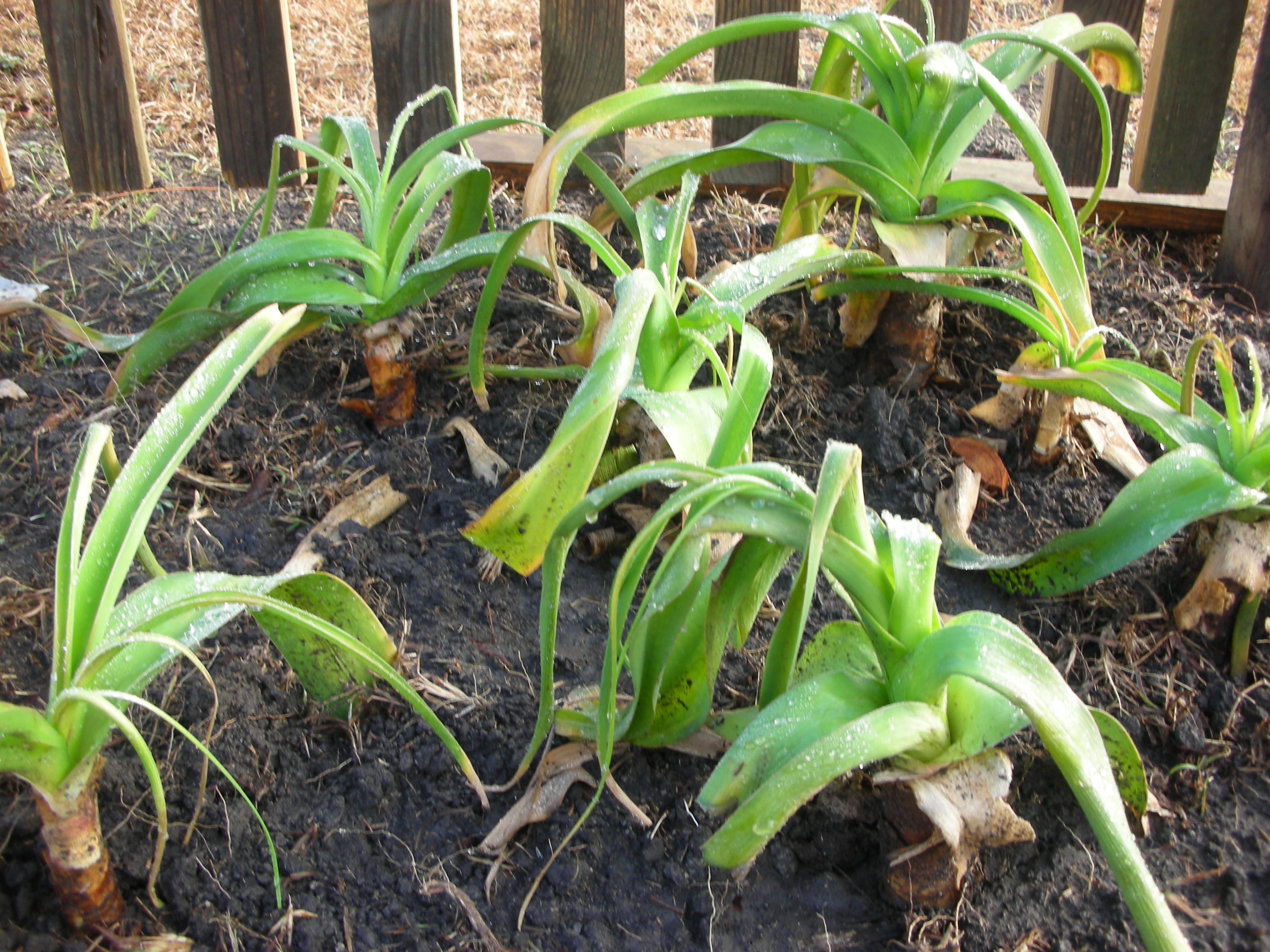All across Central Texas, Oxblood lilies (Rhodophialia bifida) are at the peak of their season. For those of us that live in areas that were once part of Mr. Austin’s original colony, these red trumpet shaped flowers have announced the arrival of fall for generations.
Here in Central Texas, no other bulb is as loved or celebrated in the fall as these Argentinian imports. Sometime in the 1870’s the German immigrant/botanist/horticulturist Peter Oberwetter introduced these bulbs to the German speaking areas of the Texas Hill Country. These bulbs were so pretty and so reliable that they quickly spread throughout Texas. Now, thanks to the work of people like Chris Wiesinger and Dr. Bill Welch, oxbloods (and other heirloom bulbs) are becoming hugely popular throughout the entire Southern part of the U.S.
Even though oxbloods are the most common fall blooming bulb in Central Texas, they are not the only ones. Two members of the of the Lycoris genus (Lycoris radiata and Lycoris aurea) also produce prolific blooms during the early days of the fall season. Spider lilies (Lycoris radiata) are my personal favorite of the fall blooming bulbs. All Lycoris bloom on top of a single, unadorned stalk after the first fall rains. Because of this they are often called “Naked Ladies” or the “Surprise Lily”. How can you not love their big, red, exotic looking heads? Their curly petals burst open and arch backward to release long, curved stamens that look like the most gorgeous eye lashes imaginable. I truly love these flowers!
These exotic looking Japanese beauties have also been popular here for a very long time. While they do not reproduce as rapidly as the oxbloods, Lycoris are tough and reliable. These flowers are beautiful in their own right, but a mass of them is truly stunning. If you want to see some of the best pictures of spider lilies that I have ever seen, be sure and catch this month’s issue of Southern Living. My friend Dr. Bill Welch has an excellent article about them and the supporting photography is exceptional.
The blooms of the fall blooming bulbs of Central Texas last for only a couple of very short weeks. Since they make terrible cut flowers and are almost impossible to dry, get outside in this amazing weather and enjoy them now. These flowers make these fleeting early days of the Texas autumn truly special.
Since these flowers last for such a short time, be sure to give them ample water while they bloom. This will extend their life by a few more precious hours. If you don’t currently have your own (or enough) fall blooming bulbs, contact my buddy Chris Wiesinger at The Southern Bulb Company. Chris knows more about these charming antiques than anyone I know. His bulbs are truly the best available anywhere.
This post has been shared on the Homestead Barn Hop and the HomeAcre Hop. Be sure to check in on other homesteaders and organic gardeners!
P.S. Bulb blooms aren’t the only way I know fall has finally come to my garden. Each year around this time I begin to see Green Tree Frogs all around the beds and borders of my property. I don’t know where these guys hide the rest of the year, but the cool fall weather seems to erase their shyness.











